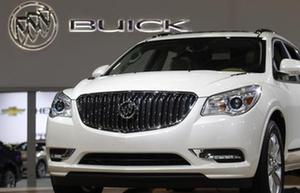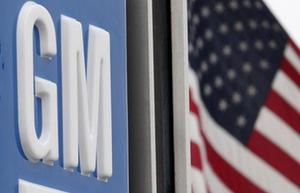General Motors Co in 2005 decided not to change an ignition switch eventually linked to the deaths of at least 13 people because it would have added about a dollar to the cost of each car, according to an internal GM document provided to US congressional investigators.
The US House Committee on Energy and Commerce released the documents on Tuesday as lawmakers asked CEO Mary Barra why GM failed to recall 2.6 million cars until more than a decade after it first noticed a switch problem that could cut off engines and disable airbags, power steering and power brakes.
Colorado Congresswoman Diana DeGette cited a 2005 GM document that she said showed a cost of 57 cents per fix.
DeGette did not release the document, and Reuters was unable to get a copy. However, Reuters obtained what appeared to be a separate document, a series of 2005 emails between GM engineers debating whether to make a change to the ignition switch. The change would have cost an extra 90 cents per unit and additional tooling costs of $400,000, one email showed. Those tooling costs typically are amortized over several years.
In the email exchange, one of the engineers, John Hendler, said his team was prepared to continue using a switch that was made by Delphi Automotive and approved by GM, even though Delphi told the automaker in early 2002 that the switch did not meet GM's performance specifications.
Hendler said the cars, including the Chevrolet Cobalt and Saturn Ion, which were recalled this year, would continue using the old switch "until the piece cost can be eliminated or significantly reduced," and targeted a new switch for 2009 models. Reuters was unable to contact Hendler.
Another GM executive, Lori Queen, who had responsibility for the development of GM's small cars, responded, "I'm not sure it's ok to wait." She did not explain herself in the email. Queen did not return a call seeking comment. A General Motors spokesman said the company was still investigating the recall and would review all relevant documents.
Representatives repeatedly questioned Barra about GM's weighing of costs even in safety situations. Barra said that was no longer the case, and that the company since its 2009 bankruptcy was changing from a "cost culture" to one focused on customers.
Empty blands
In the early 2000s, GM, like the other Detroit automakers was under intense cost pressure, in the face of competition from overseas rivals and a legacy of high labor costs. Those and other financial issues eventually led to GM's 2009 bankruptcy.
 |
 |
